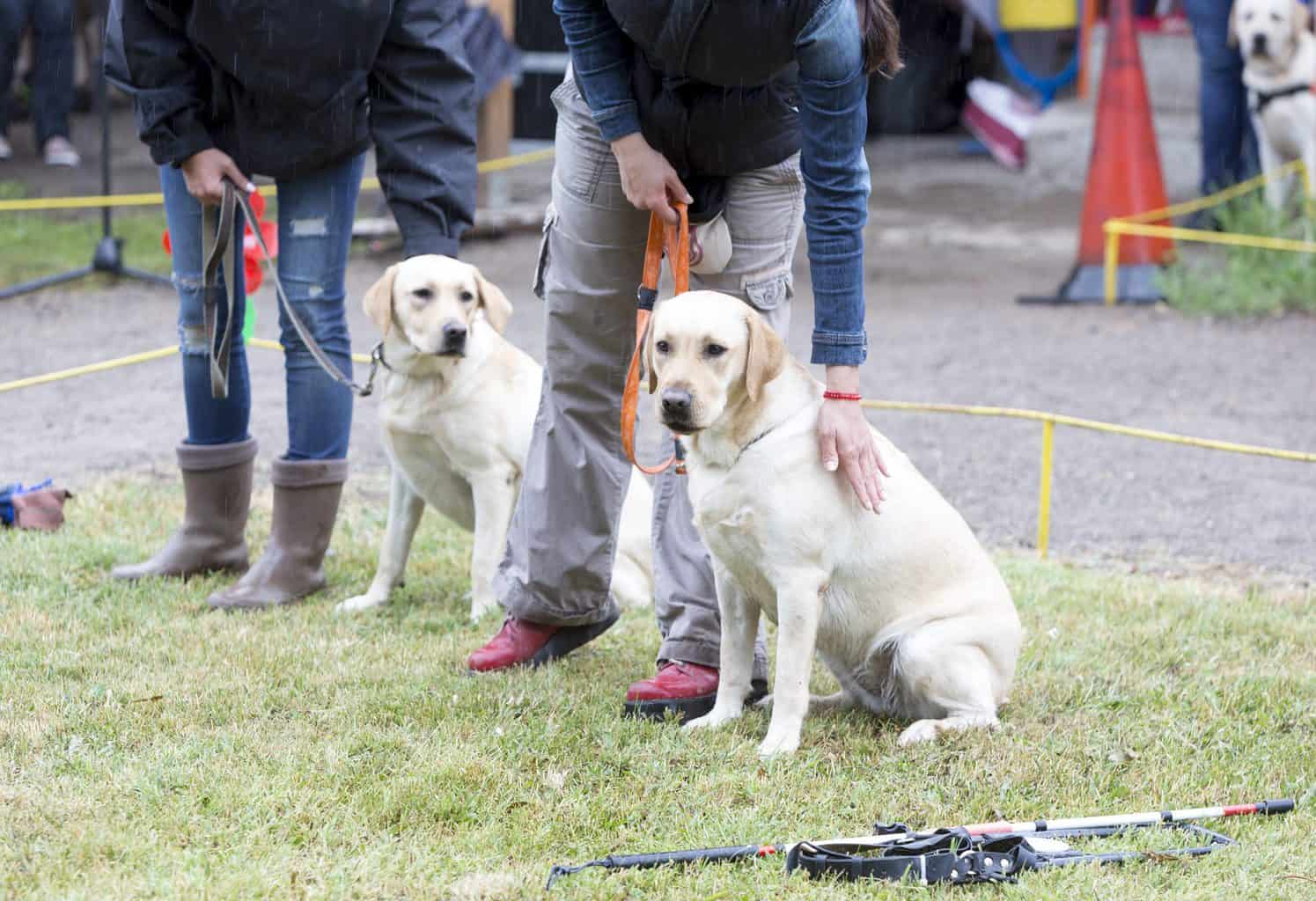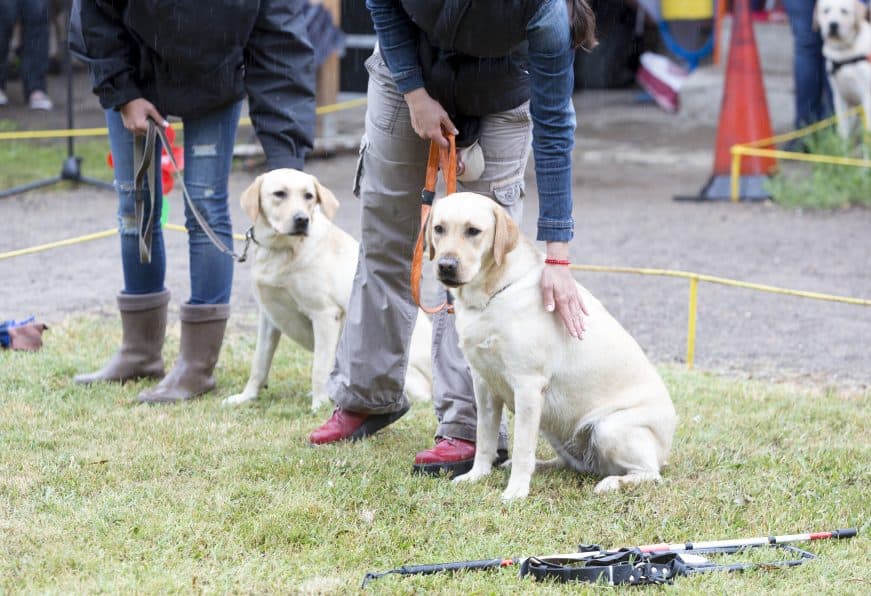The effect of good structures
England has taken a different approach to providing guide dogs than Germany has. There, guide dogs are not paid for by the health insurance. However, those affected are fully supported by Guide Dogs UK - which trained a proud 685 guide dog teams in 2019 - without long waiting times.
Professionally organized and committed to quality management, long-term support for the partnerships is naturally included here - and the number of those provided for is 5 times higher than in Germany.
As a comparison, according to the latest statement from the Ministry of Health, Germany currently trains approximately 160 guide dog teams annually, for a total of approximately 1,400 active guide dog teams.

With Germany's 83 million inhabitants, 160 teams equates to just 2 teams per million inhabitants.
With approximately 67 million inhabitants, the supply of 685 teams by Guide Dogs UK corresponds to 10 teams per million inhabitants.
Assuming that the proportion of visually impaired people with appropriate aptitude is not fundamentally different from the situation in Germany, a five times higher supply rate can thus be derived.
Since financial resources are available in both forms of provision, central reasons are certainly to be found in the quality management and the long-term oriented training and support of the teams.
For all other types of assistance dogs (for mobility impairments, hearing impairments, autism, epilepsy and similar seizure disorders, allergies, diabetes, post-traumatic stress syndrome (PTSD), delayed development in children, etc.), the potential for improvement is likely to be much greater. Trainers and affected persons have so far been left to their own devices and do not receive any support when they embark on the “adventure” of acquiring an assistance dog.

